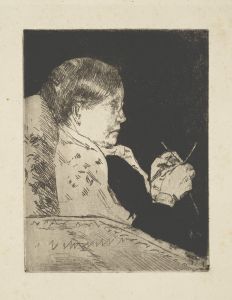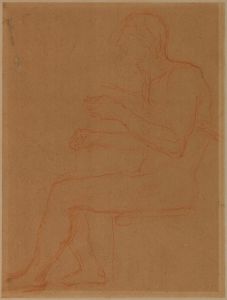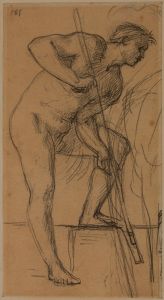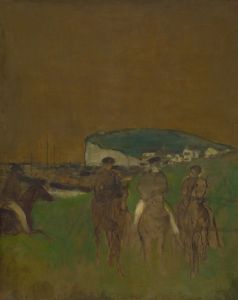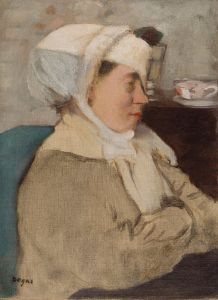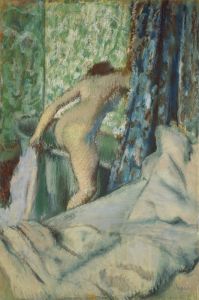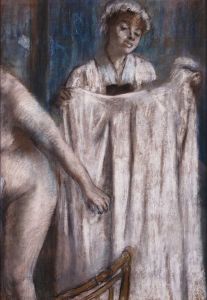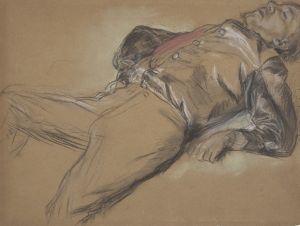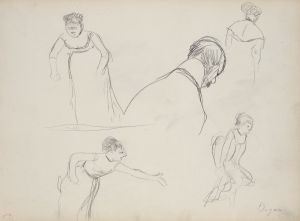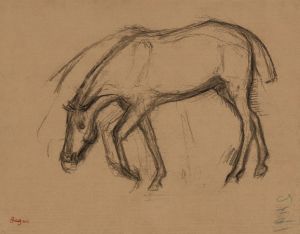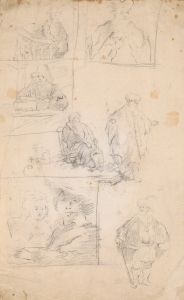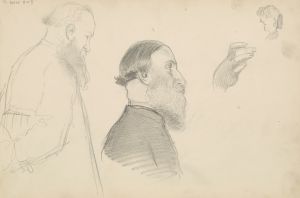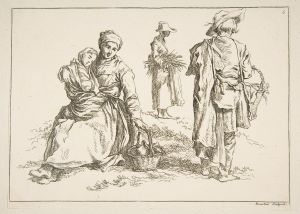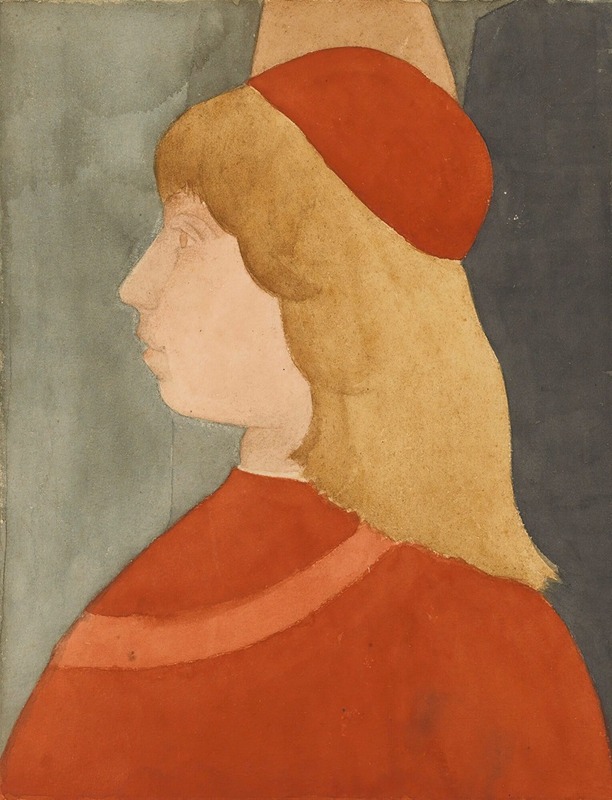
Jeune Homme, Vu De Profil; Copie D’apres ‘les Funérailles De St. Baernardin’ De Pinturicchio
A hand-painted replica of Edgar Degas’s masterpiece Jeune Homme, Vu De Profil; Copie D’apres ‘les Funérailles De St. Baernardin’ De Pinturicchio, meticulously crafted by professional artists to capture the true essence of the original. Each piece is created with museum-quality canvas and rare mineral pigments, carefully painted by experienced artists with delicate brushstrokes and rich, layered colors to perfectly recreate the texture of the original artwork. Unlike machine-printed reproductions, this hand-painted version brings the painting to life, infused with the artist’s emotions and skill in every stroke. Whether for personal collection or home decoration, it instantly elevates the artistic atmosphere of any space.
"Jeune Homme, Vu De Profil; Copie D’apres ‘les Funérailles De St. Baernardin’ De Pinturicchio" is a painting by the renowned French artist Edgar Degas. This work is a copy of a detail from the fresco "The Funeral of St. Bernardino of Siena" by the Italian Renaissance painter Pinturicchio. Degas, known for his keen interest in the works of the Old Masters, often studied and replicated their techniques and compositions to refine his own artistic skills.
Edgar Degas (1834-1917) was a prominent figure in the Impressionist movement, although he preferred to be associated with Realism. His works are celebrated for their meticulous attention to detail, innovative compositions, and exploration of movement, particularly in ballet dancers and horse races. Degas' fascination with the human form and his ability to capture the subtleties of posture and expression are evident in "Jeune Homme, Vu De Profil."
The original fresco by Pinturicchio (circa 1454-1513) is part of a series of works depicting the life and miracles of St. Bernardino of Siena, located in the Bufalini Chapel in the church of Santa Maria in Aracoeli, Rome. Pinturicchio, whose real name was Bernardino di Betto, was a significant figure in the Italian Renaissance, known for his detailed and vibrant frescoes that adorned many churches and palaces.
In "Jeune Homme, Vu De Profil," Degas focuses on a single figure from Pinturicchio's larger composition. The young man is depicted in profile, showcasing Degas' skill in rendering the human form with precision and sensitivity. This study allowed Degas to delve into the techniques of the Renaissance masters, particularly their use of line and form to convey character and emotion.
Degas' choice to copy this specific detail from Pinturicchio's fresco highlights his admiration for the Italian artist's work and his desire to learn from the past. By engaging with the techniques of earlier artists, Degas was able to develop his unique style, which combined classical rigor with modern sensibilities.
The painting "Jeune Homme, Vu De Profil" is an example of Degas' broader practice of copying and studying the works of other artists. This method was common among artists of his time and was considered an essential part of their training. Degas' copies are not mere reproductions but are infused with his own interpretation and understanding of the original works.
Today, "Jeune Homme, Vu De Profil" is recognized as an important piece in Degas' oeuvre, reflecting his deep engagement with art history and his continuous quest for artistic excellence. The painting serves as a testament to Degas' respect for the masters who came before him and his commitment to mastering the techniques that would define his own contributions to the art world.





